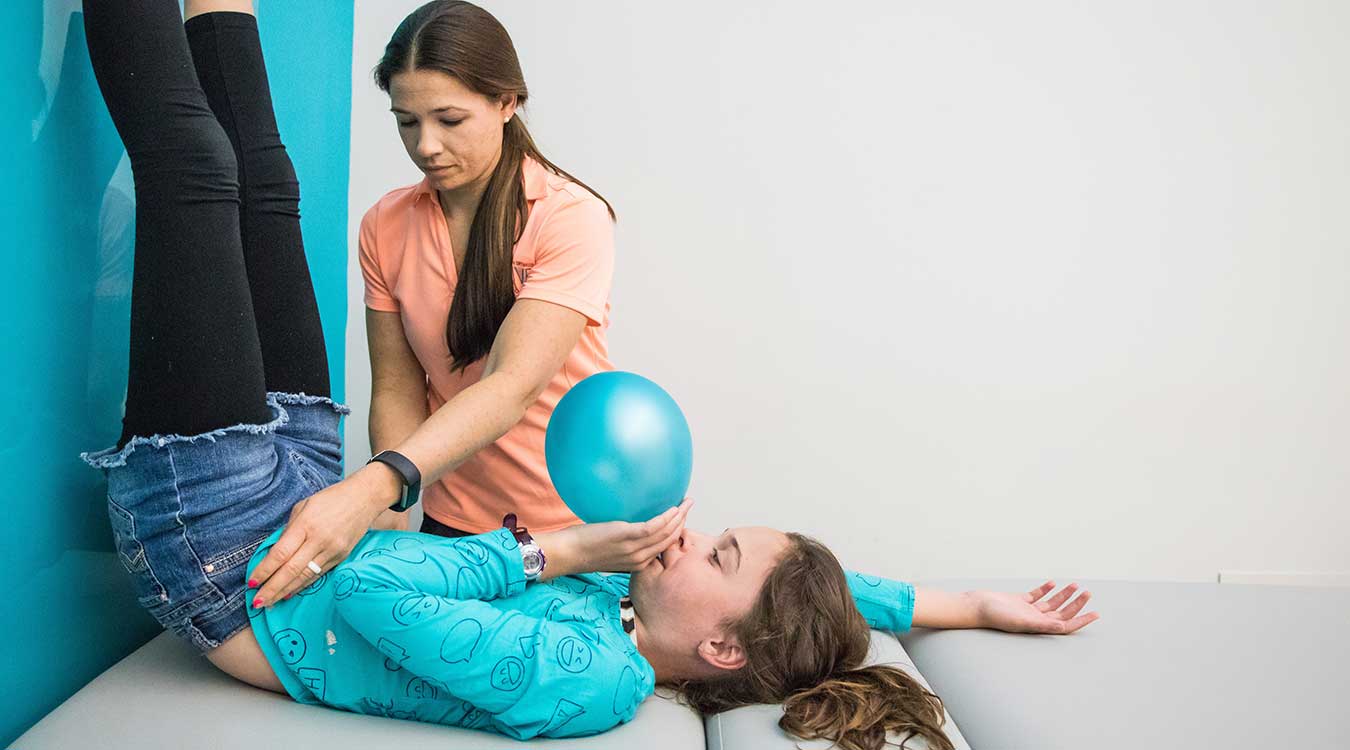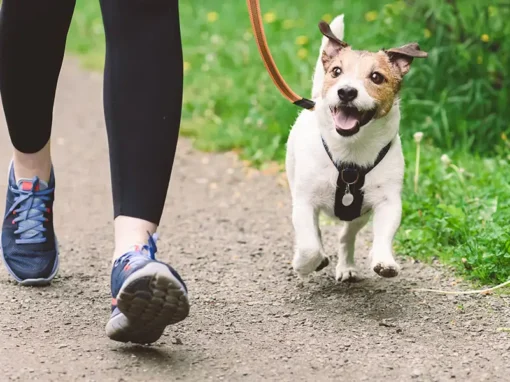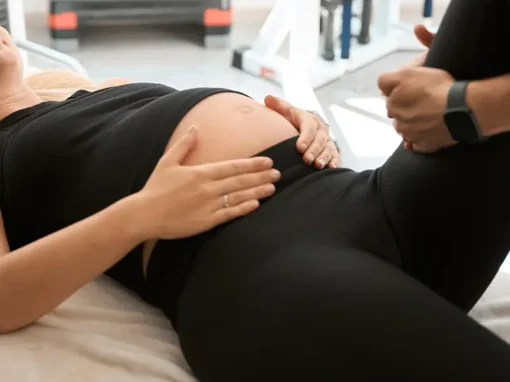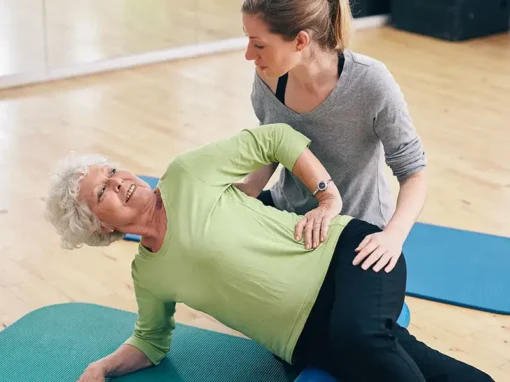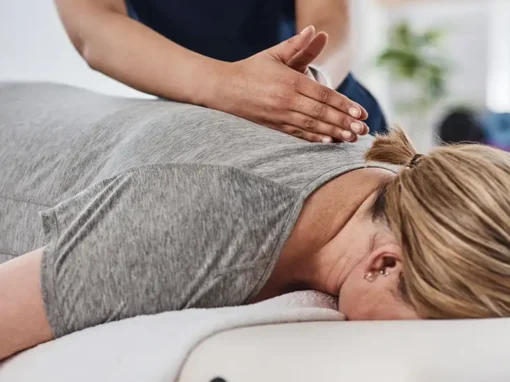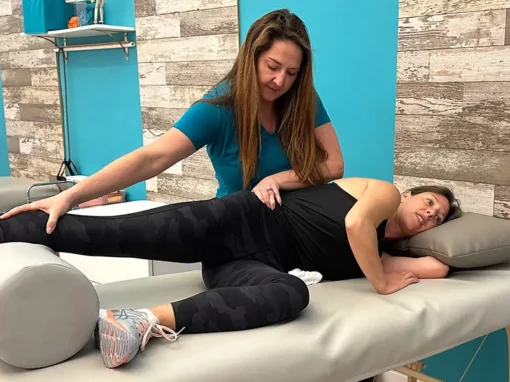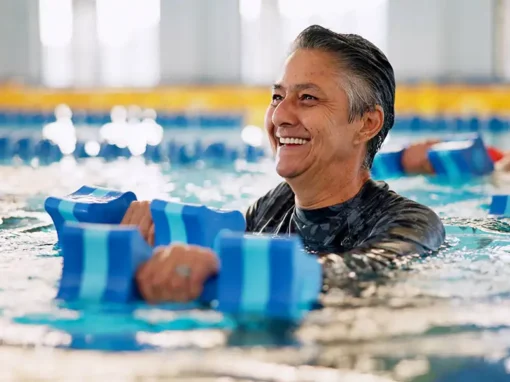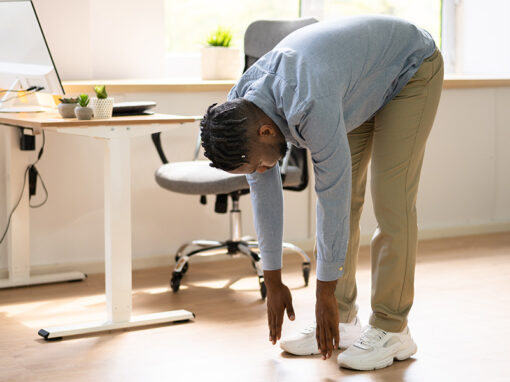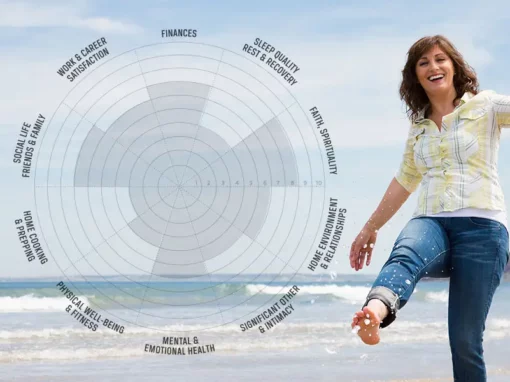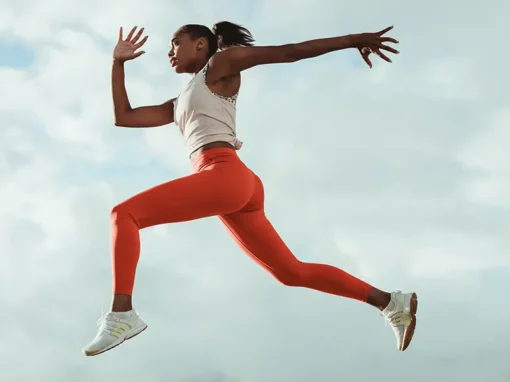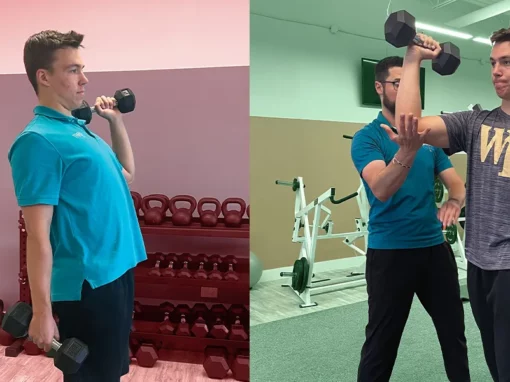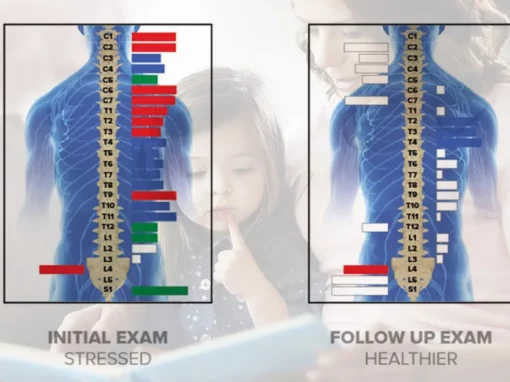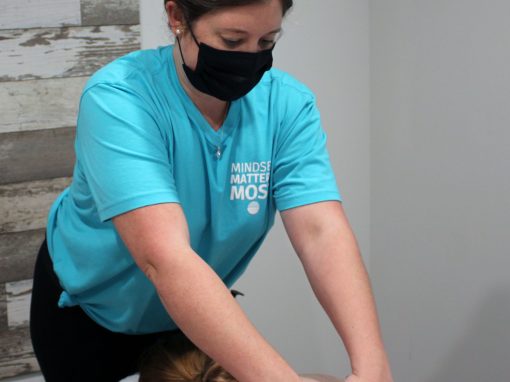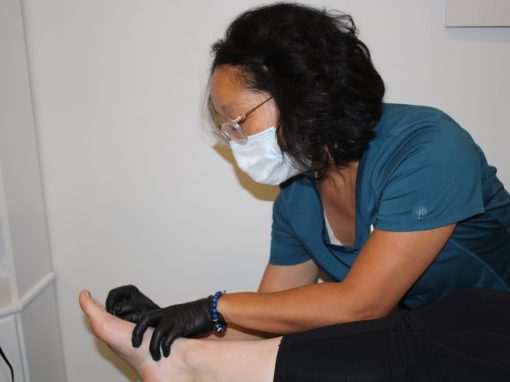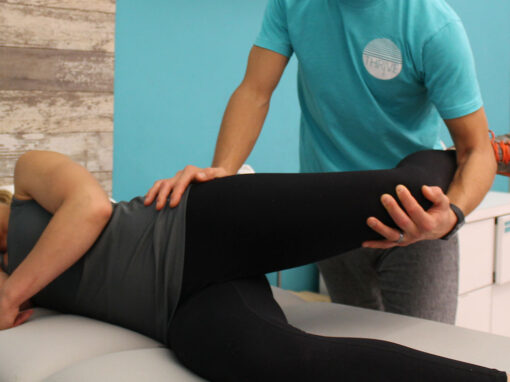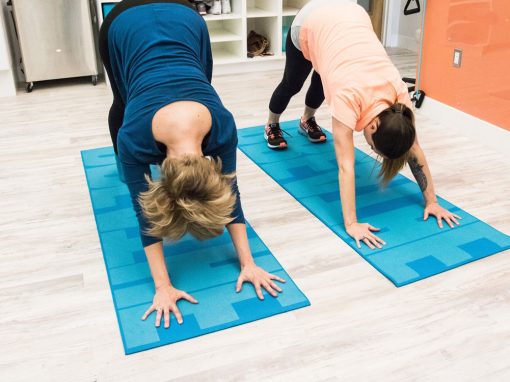Let’s look at the mechanics of breathing, as well as the mechanics of the respiratory and pelvic diaphragms, to better understand how the mechanical ventilatory pump is a powerful driver to keep the body connected to the ground during dynamic movement.
The central tendon of the respiratory diaphragm descends towards the ground during inhalation when we breathe with a properly secured zone of apposition.
The drive of this descending life force will help secure our posture into the ground if we maintain the ability to fully exhale and get all the excessive air out of our rib cage so the abdominals can proper oppose extension and control the ribs in a state called zone of apposition (ZOA).
If the internally rotated rib state is maintained during upright dynamic movements, then the diaphragms can go through their full range of motion and work with the abdominals to fill our chest and posterior rib cage with air. This pattern of breathing with properly engaged abdominals and core musculature opposes extension musculature and helps to stabilize a rib cage down and back which will hold our center of gravity down into the ground, helping the body to move in safe and secure zones and ground our feet.
Grounding assists to support exhalation and the transition and balance of function around the T8 level which is a heavy transitional zone for spinal mechanics and movement health.
Maintaining equilibrium around this T8 level requires proper mobility throughout the ribcage to maintain bilaterally ZOA functionality. When both ZOAs are functioning well for respiration, you will feel the body’s weight grounded to the earth, minimizing feeling imbalanced or unstable.
Internal stale and hyperinflated air that is not properly exhaled holds the anterior chest wall up and contributes to disconnecting the thorax from the pelvis, impairing abdominal core support, and degrounding (like a hot air balloon lifting off).
When clients do not know how to ground because of this breathing problem, they can unconsciously revert to a holding pattern of faulty breathing and spinal extension to stabilize their core.
To inhibit compensatory cervical “pulling” (inhalation) and facilitate lower extremity floor “pushing” (exhalation) for postural stability and respiratory freedom, we have to feel weight and sense space perceptually.
An inhalation-biased individual struggles feeling weight and sensing space — they tend to raise up and pull back because of all the excessive air in their anterior chest wall. An exhalation-biased individual is better able to feel weight and sense space — they tend to draw down and pull forward because of the downward and forward pull of properly positioned abdominals.
Grounding gives us an opportunity to tune into our senses to help improve spatial awareness. In turn, this gives our autonomic nervous system a chance to calm down to help inhibit the muscle chains that alter proper movement and positively influence our mechanical system.
When our systems are grounded while working out, we have a better chance of being in a psychological flow state or “in the zone” for maximal sense of presence for optimal performance and engagement.
Runners can relate to this easily because when you are in your groove, or in your zone running is much more enjoyable.
I have been able to identify an objective difference in grounding between runners who get into the flow state earlier than others. I starting working with this principles on myself years ago because I noticed that running was more fun and enjoyable some days than others. I was able to discover a pattern of mechanical influence… When we are grounded, we breathe better. And when we breathe better, our physiology functions better.
The experience of gravity and the experience of breath is interactive… Proper breathing helps us stay grounded and being grounded helps us properly breathe.
If this breathing pattern properly alternates from side to side, we will be able to shift and rotate our bodies from side to side without losing a sense of the ground.
A balanced alternating breathing pattern driven by the diaphragm and not compensatorily by the neck will help us remain grounded and allow us to perceive good communication between our body and the ground.
If an externally rotated rib cage position limits the diaphragm’s ability to function, then the action of the scalenes will pull up on the anterior upper ribs to help draw air into the upper chest wall. The tendency to use more neck elevation for accessory breathing instead of the diaphragm and the abdominals for proper diaphragmatic breathing can lift us up and cause us to lose a sense of the ground.
Grounding is being secure & stable.
An external load, like a weighted belt or a weighted vest can help feel weight transferred down to the feet. But this will only result in proper grounding if breathing, thoraco-abdominal and lumbo-pelvic femoral position is coordinated and respected. If they are not coordinated, then the external load can lead to further compensation and abnormal forces loading throughout the system.
How do you improve your systems ability to ground and get neurological stability?
- Learn to breath in a mechanically sound way to alter physiology. Proper breathing is one of the most powerful things we can to ground ourselves and down regulate our neurological systems to function better.
- Learn to alternate properly in the gait cycle and perform exercises and activities that make your system cross a midline access. We are experts with teaching our clients how to alternate through the frontal plane so this grounding is maintained and we do this by optimizing gait.


